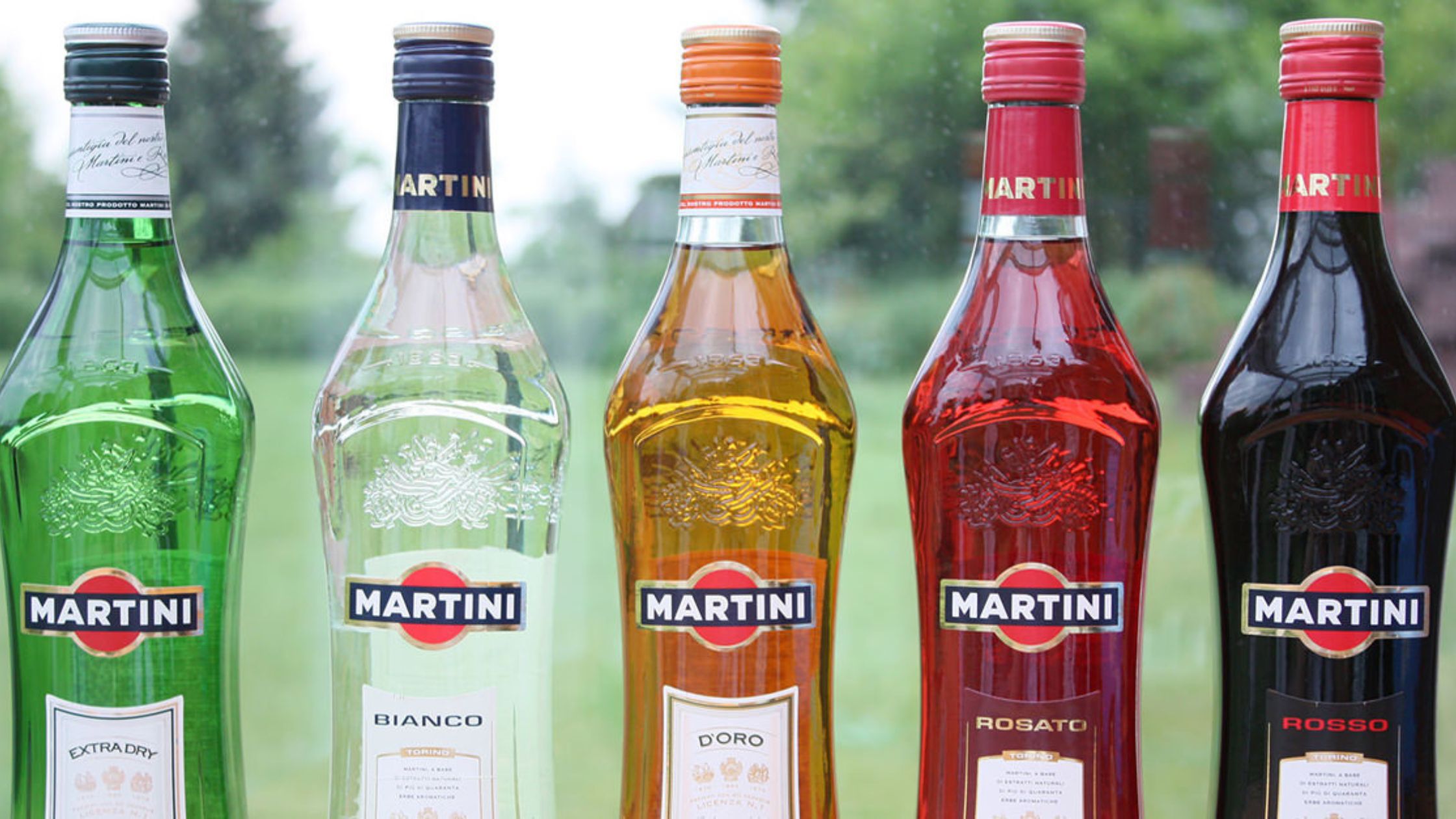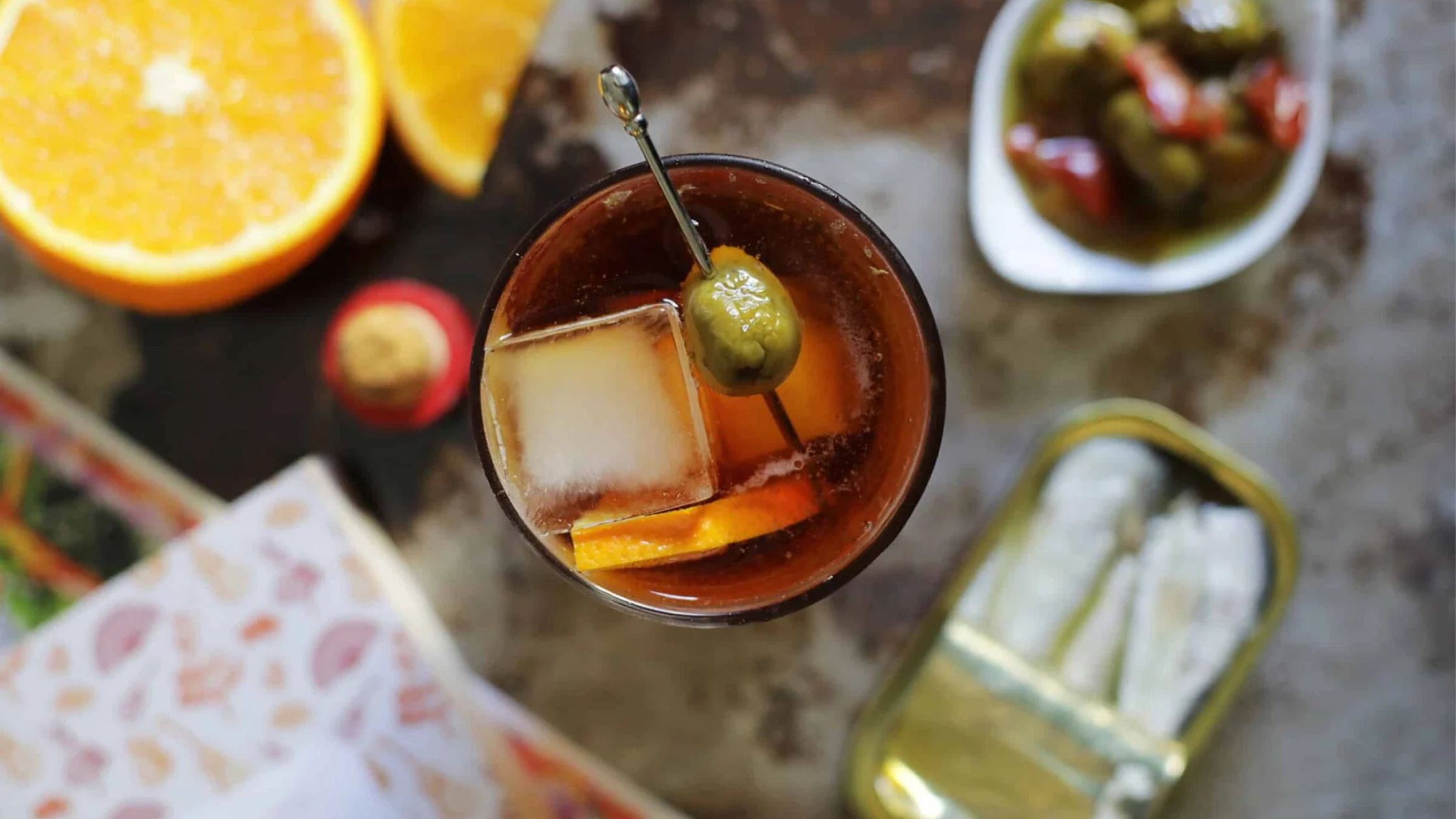Best Liquor Under ₹10,000 for a Perfect New Year 2026 Party
2025-12-05


Sweet vs. Dry Vermouth might be called the back-stage actor of the cocktail world, quietly imparting depth and character to public-facing stars like the Martini, Manhattan, and Negroni. Even if Sweet vs. Dry Vermouth is commonplace in your cocktails, you may never have really thought about how different the two main categories-sweet and dry vermouth-are from one another. In this detailed treatment, we dig into the differences between Sweet vs. Dry Vermouth-their histories, tastes and uses, and the best ways to consume them.

Sweet vs. Dry Vermouth is an aromatized and fortified wine, meaning that its base wine is enhanced by adding various botanicals such as herbs, spices, or citrus peels before being fortified with neutral spirits to increase its alcohol content. First popularly seen as a medicinal beverage during the 18th century, Vermouth quickly evolved into one of the key components in classic cocktails over time.
Now, let’s explore the differences between Sweet vs. Dry Vermouth in detail.
Sweet vermouth, commonly referred to as "rosso" vermouth in Italy, was the original form. Antonio Benedetto Carpano created his original recipe in Turin in 1786 - setting the precedent for what would later become one of Europe's most beloved aperitifs.
Despite the name, sweet vermouth is not overly sugary. Instead, it strikes a balance between sweetness, bitterness, and acidity. It typically has notes of:
The sweetness is balanced by a well-rounded complexity, making it a crucial ingredient in various cocktails and a delightful aperitif when served over ice.

Sweet vermouth is a crucial ingredient in several iconic cocktails, including:
Sweet vermouth makes an excellent pre-dinner beverage when enjoyed over ice with an orange slice or twist of lemon for an irresistibly refreshing aperitif. Pairing well with cheeses, charcuterie and nuts.
Dolin was among the earliest producers to introduce dry vermouth into France in the early 19th century, creating it with a lighter, herbaceous profile than its sweeter Italian counterpart.
Dry vermouth is known for its more subtle, crisp, and herbaceous character. It has:
Its dry, refreshing qualities make it an excellent complement to lighter spirits like gin and vodka.
Dry vermouth plays a key role in several classic cocktails, including:
Like sweet vermouth, dry vermouth can also be sipped neat or over ice, often with a lemon twist. It pairs well with seafood, olives, and light appetizers, making it a versatile choice for pre-dinner drinks.
| Feature | Sweet Vermouth | Dry Vermouth |
| Origin | Italy (1786) | France (19th century) |
| Color | Dark brown to deep red | Pale yellow to straw |
| Flavor Profile | Rich, spicy, slightly sweet with caramel notes | Herbaceous, crisp, and lightly bitter |
| Sugar Content | Higher (but not cloying) |
Lower |
| Alcohol Content | Typically 15-18% ABV | Typically 16-18% ABV |
| Best Cocktails | Manhattan, Negroni, Boulevardier | Martini, 50/50 Martini, El Presidente |
Sweet vs. Dry vermouths are fortified wines, but they don't last as long as the hard liquors. Once opened, keep refrigerated and drink within 1-2 months for best flavor. After that, oxidative processes make them lose their exciting aromas and become flat or too bitter for consumption.
When selecting a Sweet vs. Dry Vermouth, consider the cocktail you’re making and your personal taste preferences:
| Top Dry Vermouth drinks trending in 2025 – Read More |
By knowing the distinctions between Sweet vs. Dry Vermouth, you will up your cocktail prowess to the next level without using this often underrated ingredient. From a Manhattan complementing the heavy richness of sweet vermouth to a crisp refinement of dry vermouth in a Martini, one can always find Sweet vs. Dry Vermouth just right for them. Next time you mix that cocktail, just stop to think about the remarkable depth and character of Sweet vs. Dry Vermouth - it may play a supporting role, but consider it more of a leading star in your up-in-the-bars world of mixology.